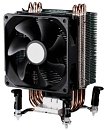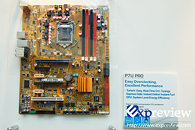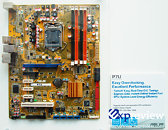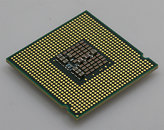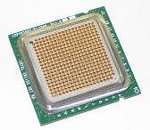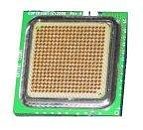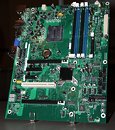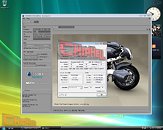
Windows 7 Benefits from HyperThreading Better
Intel's HyperThreading technology (HTT) was a nifty feature back in the Pentium 4 days, where the single-core processor could interact with the OS by providing two logical processors. The feature was known to enhance performance for applications that supported SMT. With the Core i7 and Atom series, HTT made a comeback, and software major Microsoft seems to be busy optimizing its newest OS, Windows 7, to make the make the most out of HTT, better than older versions of the OS could.
Speaking with InformationWeek, Microsoft's senior VP for Windows development Bill Veghte said "The work that we've done in Windows 7 in the scheduler and the core of the system to take full advantage of those [HyperThreading] capabilities, ultimately we think we can deliver a great and better experience for you." This could particularly come as good news for users with multi-threaded productivity applications, and newer 3D games. Intel's roadmaps show a rosy future for HTT, after entry-level Atom and enthusiast-level Core i7 featuring it, Intel has an entire lineup of CPUs under the Core i5 series that support HTT.
Speaking with InformationWeek, Microsoft's senior VP for Windows development Bill Veghte said "The work that we've done in Windows 7 in the scheduler and the core of the system to take full advantage of those [HyperThreading] capabilities, ultimately we think we can deliver a great and better experience for you." This could particularly come as good news for users with multi-threaded productivity applications, and newer 3D games. Intel's roadmaps show a rosy future for HTT, after entry-level Atom and enthusiast-level Core i7 featuring it, Intel has an entire lineup of CPUs under the Core i5 series that support HTT.


